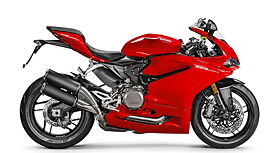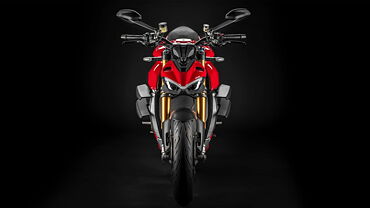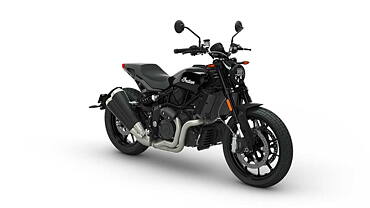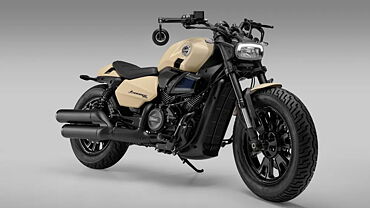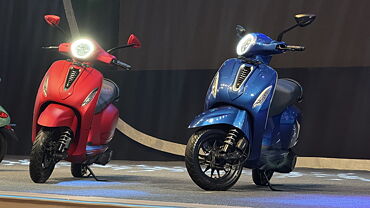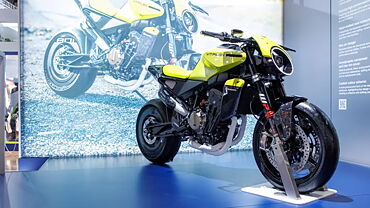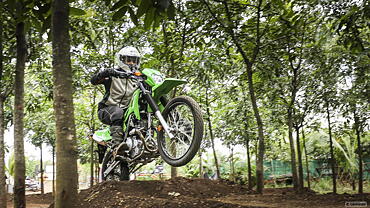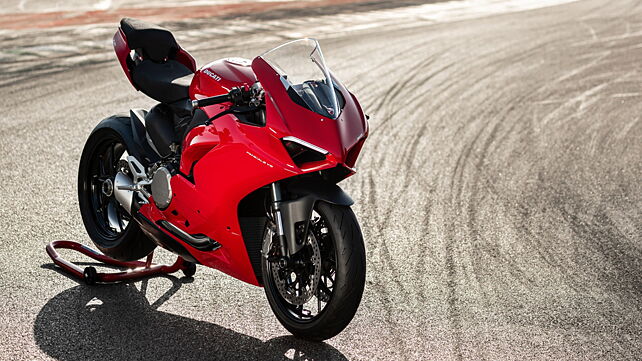
- Ducati unveils the Panigale V2 at its World Premiere
- Successor to the existing Panigale 959
- Carries a design identical to the Panigale V4
Ducati has taken the wraps off its new middle-weight supersport, the Panigale V2, at its World Premiere in Italy. The motorcycle is the successor to the existing Panigale 959 sportsbike in the manufacturer’s line-up.
As we had witnessed in the spy shots surfaced earlier this year, the design of the Panigale V2 is heavily inspired by its elder sibling, the Panigale V4. It gets the same angular split headlamp with eyebrow-like LED DRLs housed in a sharp nose fairing. Moreover, the styling of the main fairing, fuel tank and tail section have been borrowed from the V4. The Italian bikemaker has also replaced the older TFT instrument cluster with an upgraded unit which is identical to that on the V4 and new Hypermotard.

The Panigale V2 is also an improvement in terms of hardware over its predecessor. Besides a revised chassis for better road riding capabilities, the motorcycle gets lower suspension pre-load and damping accompanied by a higher centre of gravity. The double-sided swingarm has also made way for a single-sided unit. Notably, the Showa (front) and Sachs (rear) suspension set up along with Brembo brakes remain unchanged.
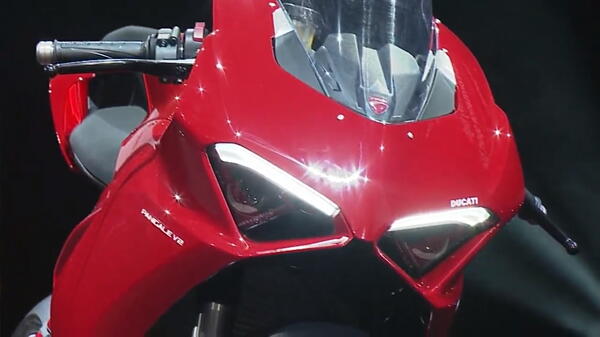
Coming to the powerplant, the motorcycle is powered by a new 955cc, V-twin, motor which has been altered to produce slightly more power and torque, despite being compliant with the upcoming Euro 5 emission norms. With an increase of 5bhp and 2Nm, the new Panigale V2 produces around 159bhp at 10,500rpm and 109Nm at 9,000rpm. Furthermore, the double exhausts setup has been replaced by a compact single underbelly unit. Ducati has also improved the Panigale V2 on the electronics front. The package now includes cornering ABS, traction control, wheelie control, up and down quick shifter and engine brake control.
Ducati will officially launch the Panigale V2 in the European markets by December 2019. Expect the motorcycle to come to the Indian shores by early 2020.

